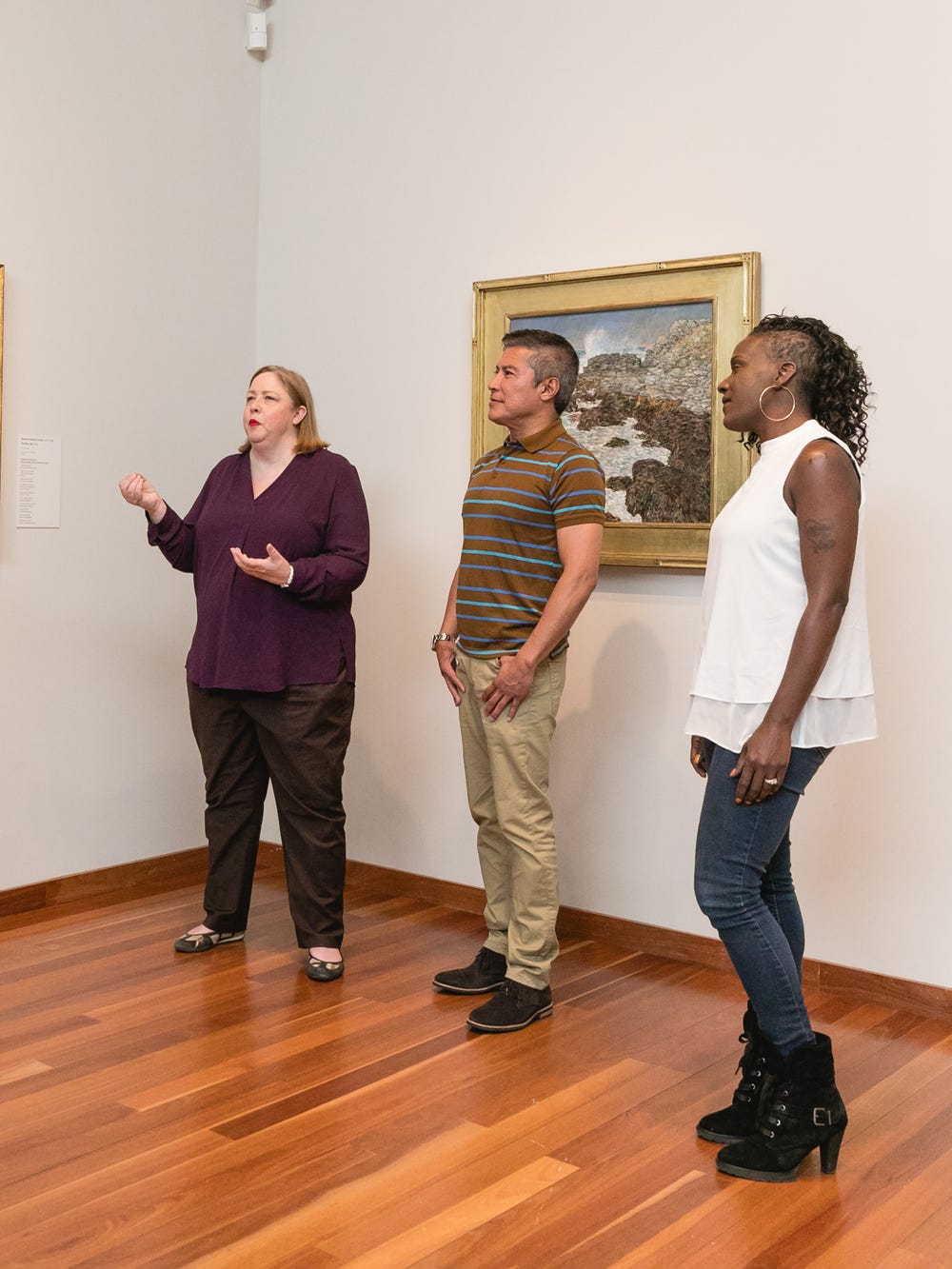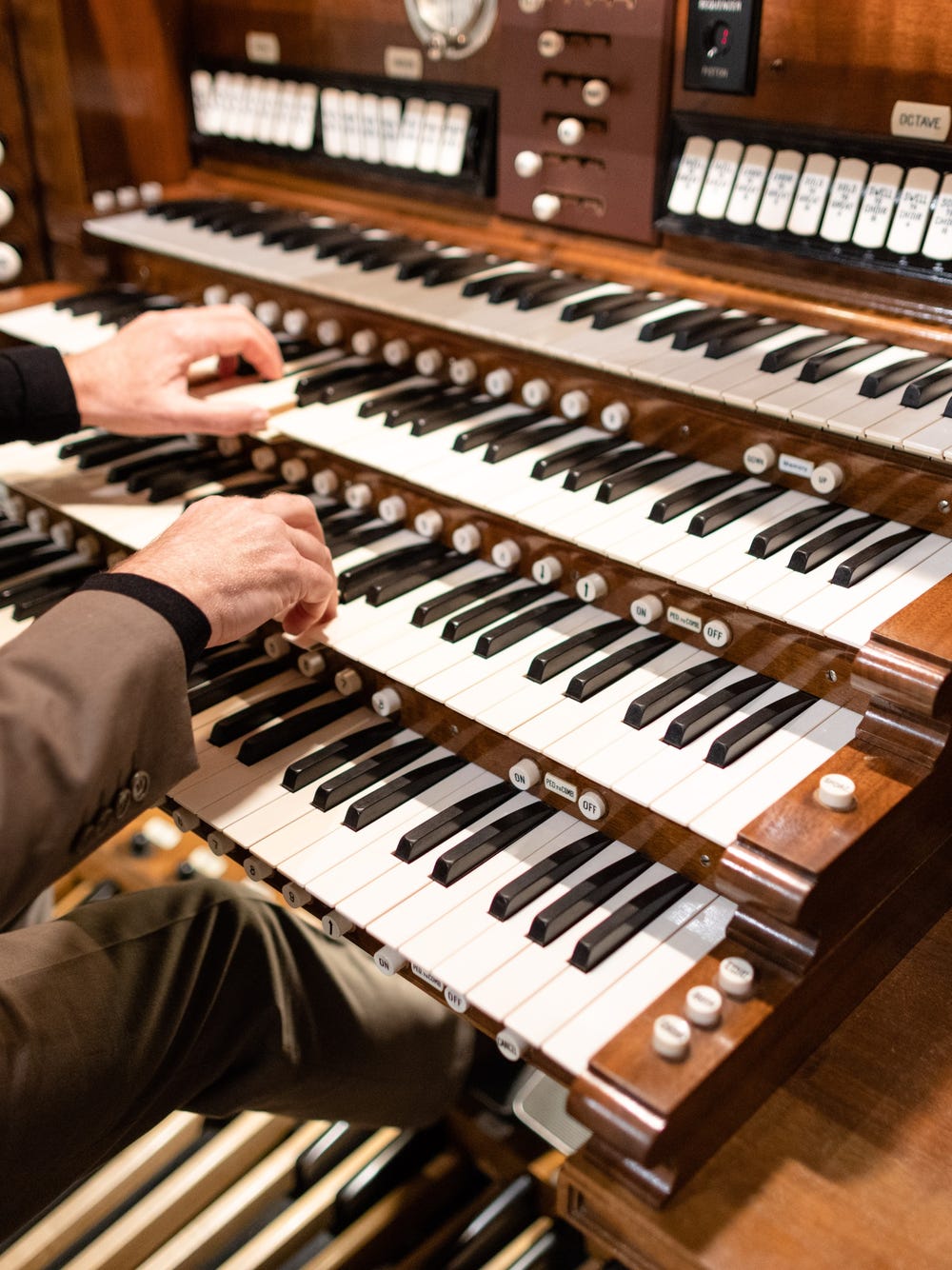Ancient Art Lecture: Archaic Wooden Sculpture in Augustan Temples
Greek and Etruscan Cult Images in New and Refurbished Architectural Settings: 33–20 BC
Sacro-idyllic landscape from Pompeii, mid-1st century AD
Jump to
Presented by: Christopher Hallett, Professor Emeritus, Departments of History of Art and Ancient Greek and Roman Studies, University of California, Berkeley
The re-founding of Rome by the first emperor Augustus, begun in the late 30s BC, is usually presented as the gradual transformation of the imperial capital from a city of mudbrick and tufa into one of gleaming marble. Ancient writers inform us that in this period a whole series of Roman temples were rebuilt at great expense, using the finest materials. As a result, we tend to imagine these newly refurbished temples populated with images of the gods fashioned in gold and ivory, in bronze, or in precious imported marbles. Some of the most famous Roman shrines that were rebuilt in the Augustan period, however, were actually built to house venerable old cult images made of wood. And some of these antique statues were not, strictly speaking, Roman at all. Some had been brought from nearby Etruria and Umbria, and some came from the Greek East. This lecture explores what we know about these Archaic wooden statues of Augustan Rome, and the elaborate new settings that were specially created for them.
Ticket info
This lecture is free, open to the public, and available in person and via livestream.
- In person: Gunn Theater, Legion of Honor. Seating is limited and unassigned. Doors open at 1:30 pm.
- Livestream: Register here to receive a webinar link.
Contact info
Ancient Art Council
ancientart@famsf.org
415.750.3600



